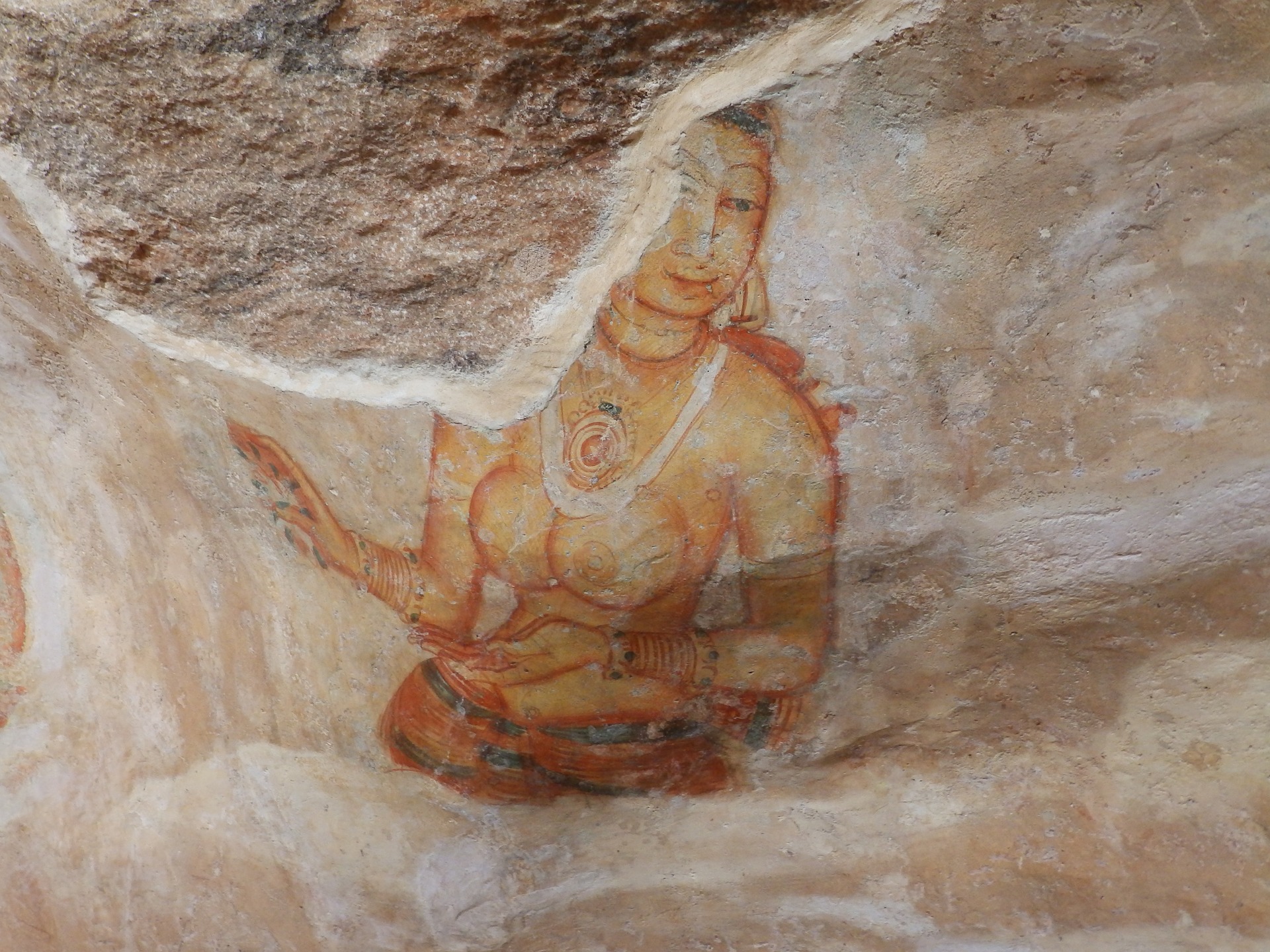113. Samudra Manthana
I salute the resplendent sages who read this! This is the story they tell of the churning of the ocean of nectar.
Indra was garlanded by the sage Durvasa for his humility and placed the garland on his elephant Airavata's tusk, but Airavata, knowing the deva's ego and sensitive to falsehood, cast the garland to the ground. Durvasa was greatly angered and cursed Indra and all of the devas to be stripped of their divine strength and fortune.
And so, in a later battle, the devas were defeated by the asuras, who seized control of the universe. This imbalance could not endure, so the devas sought to restore their immortality and energy by obtaining amrita, the nectar that would bestow knowledge and power on any who drank it. It was too great a task to do on their own. Diplomatically request the asuras' assistance, Lord Vishnu advised, and so the devas formed an alliance with the asuras to jointly churn the ocean of milk, the cosmic ocean, to produce amrita. Mount Mandara was used as the churning rod; the nagaraja Vasuki, who lives curled around Shiva's neck, became the rope. For a millennium, they churned. As they churned, many things were produced: valuable ratnams; goddesses like Lakshmi (Vishnu's consort); apsaras, whose likenesses are painted on the walls of the rock fortress Sigiriya; the wish-granting cow Surabhi; and halahala, a noxious poison that injured both sides.

Those who could journeyed to Mount Kailash and appealed to Lord Shiva, who heard their prayers and drank it himself. Immediately, he was gripped by intense pain. His consort Parvati could not bear it and choked him in a panic to stop the poison from descending up to his mind or down to his stomach. Shiva's throat turned blue like a bruise from containing the poison, but due to Parvati's kairotic intervention, it did not kill him.
The asuras and devas safely resumed their churning. Finally, the divine physician Dhanvantari surfaced with a pot of amrita, prompting fierce fighting between the asuras and the devas. After much theft and trickery, the devas acquired the amrita and distributed it among themselves, restoring their immortality and divine power and regaining control of the universe. And so cosmic balance was restored, though the poison still roils in Lord Shiva's blue throat.
The Western focus on a search for meaning might settle on this being an epic ambrosia or mead cycle, but the aesthetic values and felt resonances here are that Lord Shiva is forever the visible container for halahala, that enlightenment is preceded by lethal threats, that Parvati's timing and shakti might have saved Shiva but he is forever burning in his throat. This pain is the cost of divine balance, a pain that never goes away but never hinders him from being essentially who he is and who he has always been.
(– 64. Seeing is Believing — but Shouldn't Be)